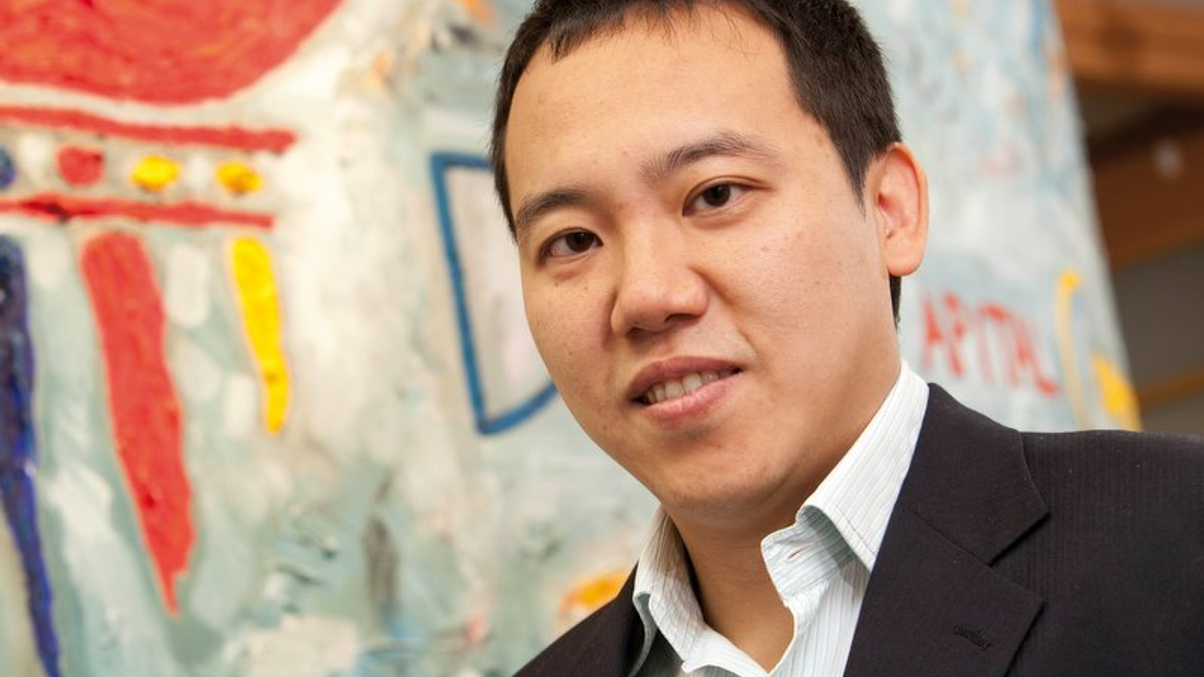Doric Capital steels itself for China's adjustments
Howard Wong of the equity long/short fund says being selective is the key to profiting in China markets, as future changes will benefit some sectors but not others.

Long-term growth may be a given in
Sign In to Your Account
Access Exclusive AsianInvestor Content!
Please sign in to your subscription to unlock full access to our premium AI resources.
Free Registration & 7-Day Trial
Register now to enjoy a 7-day free trial—no registration fees required. Click the link to get started.
Note: This free trial is a one-time offer.
¬ Haymarket Media Limited. All rights reserved.


